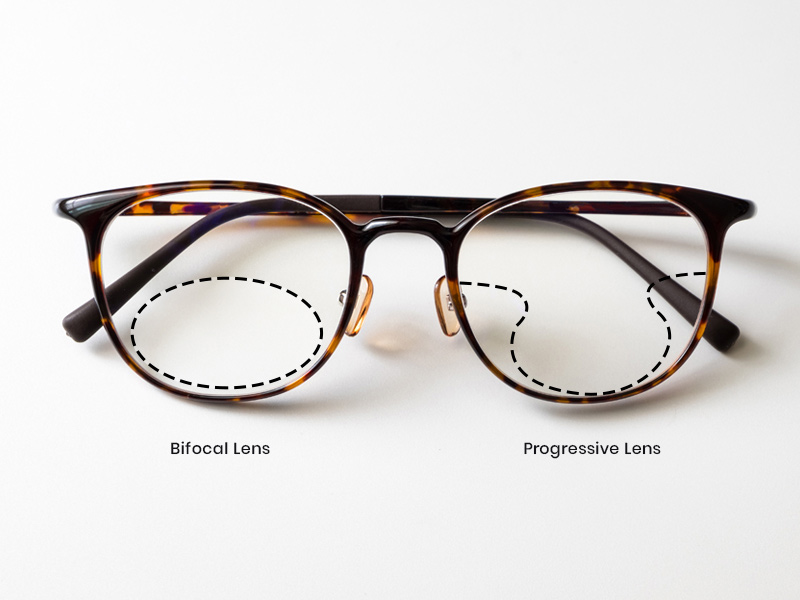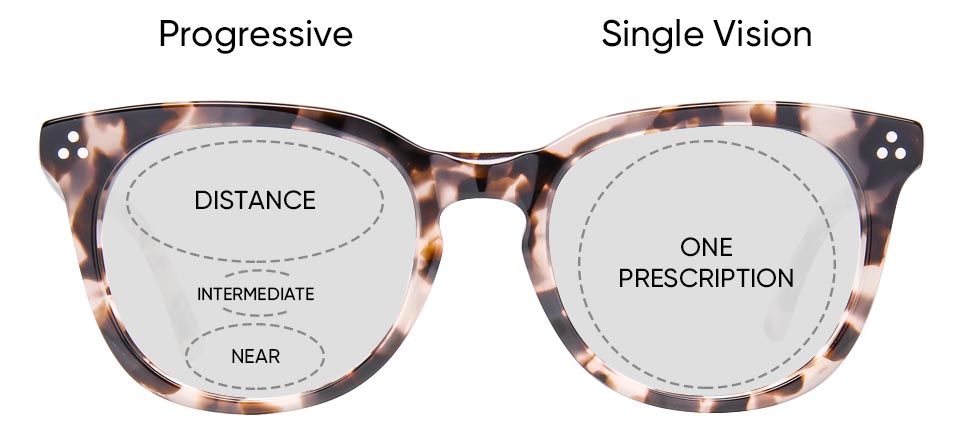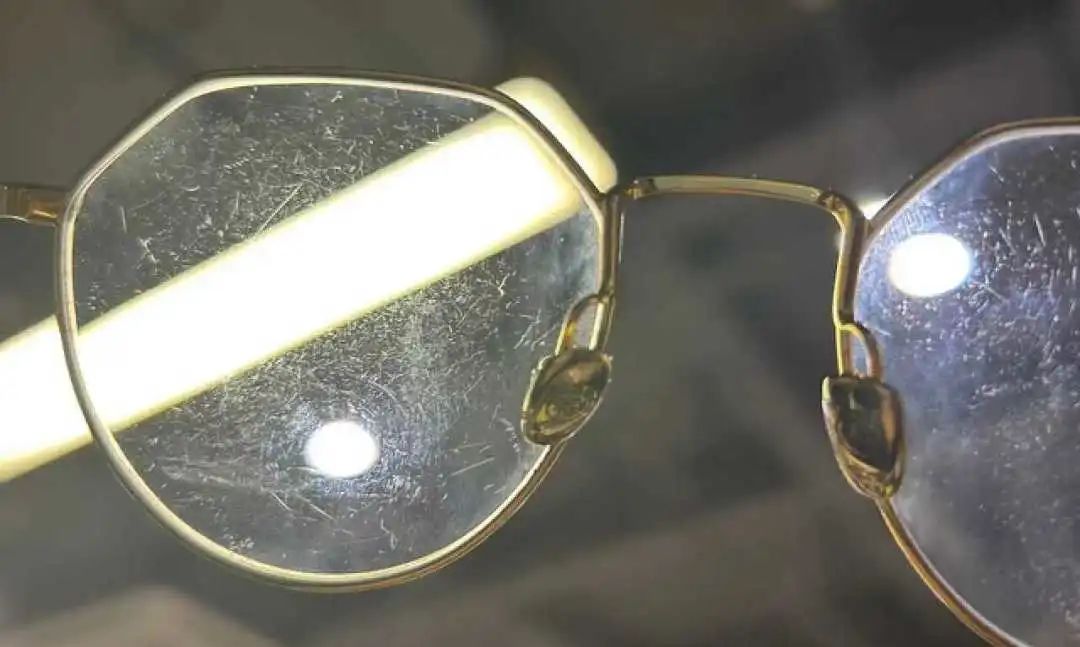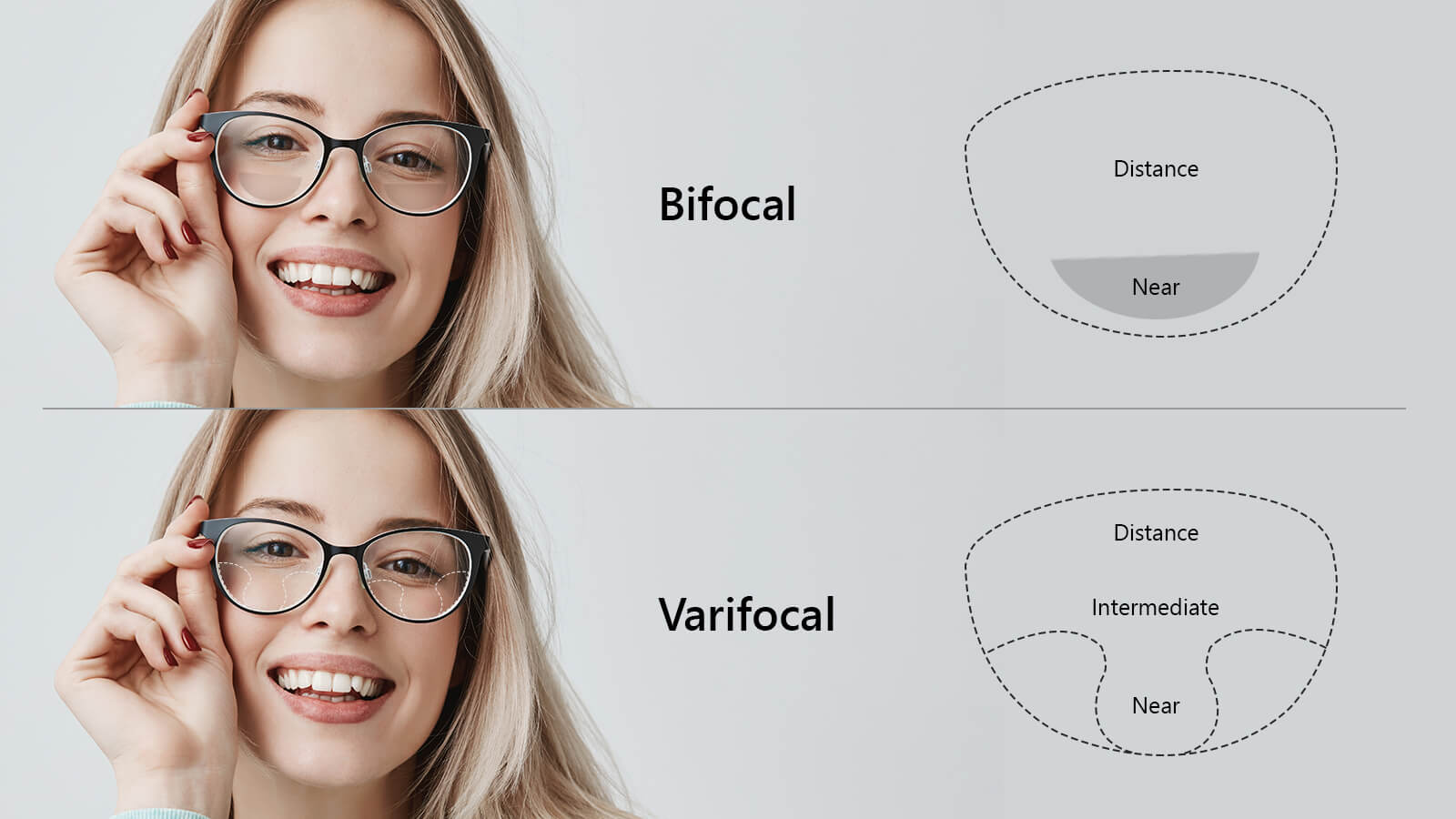Product Guide
-

Which is better photochromic or transition lenses?
what is photochromic lens? Photochromic lenses are optical lenses designed to automatically adjust their tint based on levels of ultraviolet (UV) exposure. The lenses darken when exposed to sunlight or UV rays, providing protection against brightness and UV radiation. I...Read more -

what is difference between varifocals and bifocals
Varifocals and bifocals are both types of eyeglass lenses designed to address vision issues related to presbyopia, a common age-related condition that affects near vision. While both types of lenses help individuals see at multiple distances, they differ in design and fu...Read more -

What are bifocal lenses used for?
Bifocal lenses are specialized eyeglass lenses designed to meet the visual needs of people who have difficulty focusing on near and distant objects. The following are key points to consider when discussing the use of bifocal lenses: Presbyopia correction: Bifocal lenses...Read more -

Which is better single vision or progressive?
outline: I.Single Vision Lenses A. Suitable for individuals with the same prescription for distance and near vision B. Ideal for specific visual needs at only one distance C. Generally do not require an adjustment period II. Progressive Lenses A. Address presbyopia and p...Read more -

Can l wear single vision lenses all the time
Yes, you can wear single vision lenses at any time, as long as they are prescribed by an eye care professional to meet your specific vision needs. Single vision lenses are suitable for correcting nearsightedness, farsightedness or astigmatism and can be worn throughout t...Read more -

How does lens wear affect the eyes?
Let's start by answering the question: how long has it been since you changed your glasses? The amount of myopia in adults usually doesn't change much, and many people may wear one pair of glasses until the end of time ...... In fact, this is wrong !!!!! Eyeglasses ...Read more -

Should your child get glasses for nearsightedness in the first place or not? We’ll tell you today!
The winter holidays are approaching, and with the increase in time spent together, some of the bad eye habits of children that are overlooked in their daily lives are gradually 'surfacing'. ...Read more -

Are single vision lenses the same as varifocal?
Single vision lens: The entire lens has the same prescription power. Designed to correct a vision problem such as nearsightedness or farsightedness. Features a single focus point that provides clear vision at a specific distance (near, medium or far). Varifocal lens: One...Read more -

Adapting to Light: Exploring the Benefits of Photochromic Lenses
I.Introduction to Photochromic Lenses A. Definition and Functionality:Photochromic lenses, often referred to as transition lenses, are eyeglass lenses that are designed to automatically darken in response to UV light and revert to a clear state when UV light is no long...Read more -

Take you a full understanding of anti-blue light lenses
What is blue block lens? Anti-blue light lenses, also known as blue light blocking lenses, are specially designed eyewear lenses designed to filter or block some of the blue light emitted by digital screens, LED lights, and other artificial light sources. Blue light has...Read more
